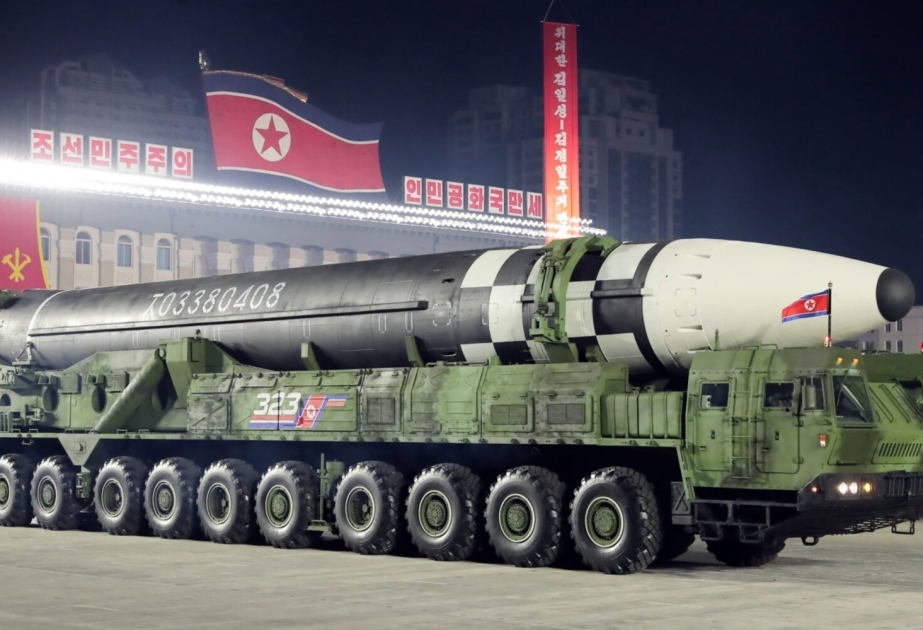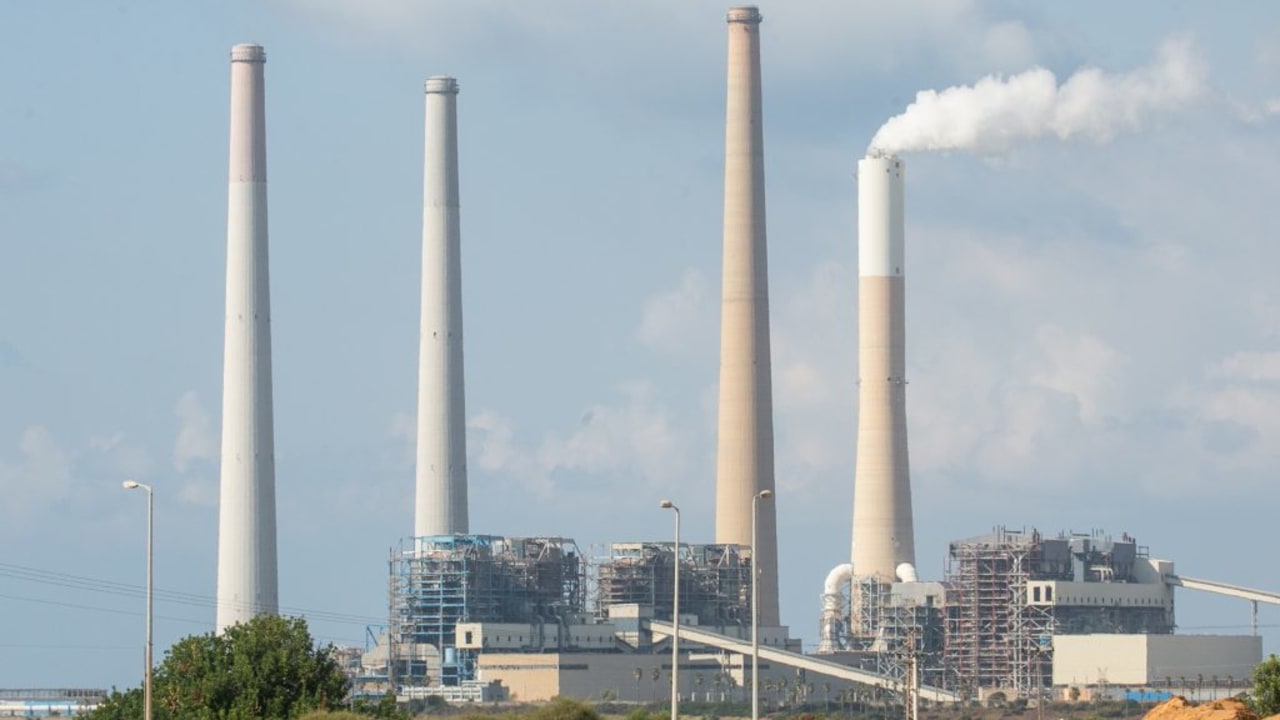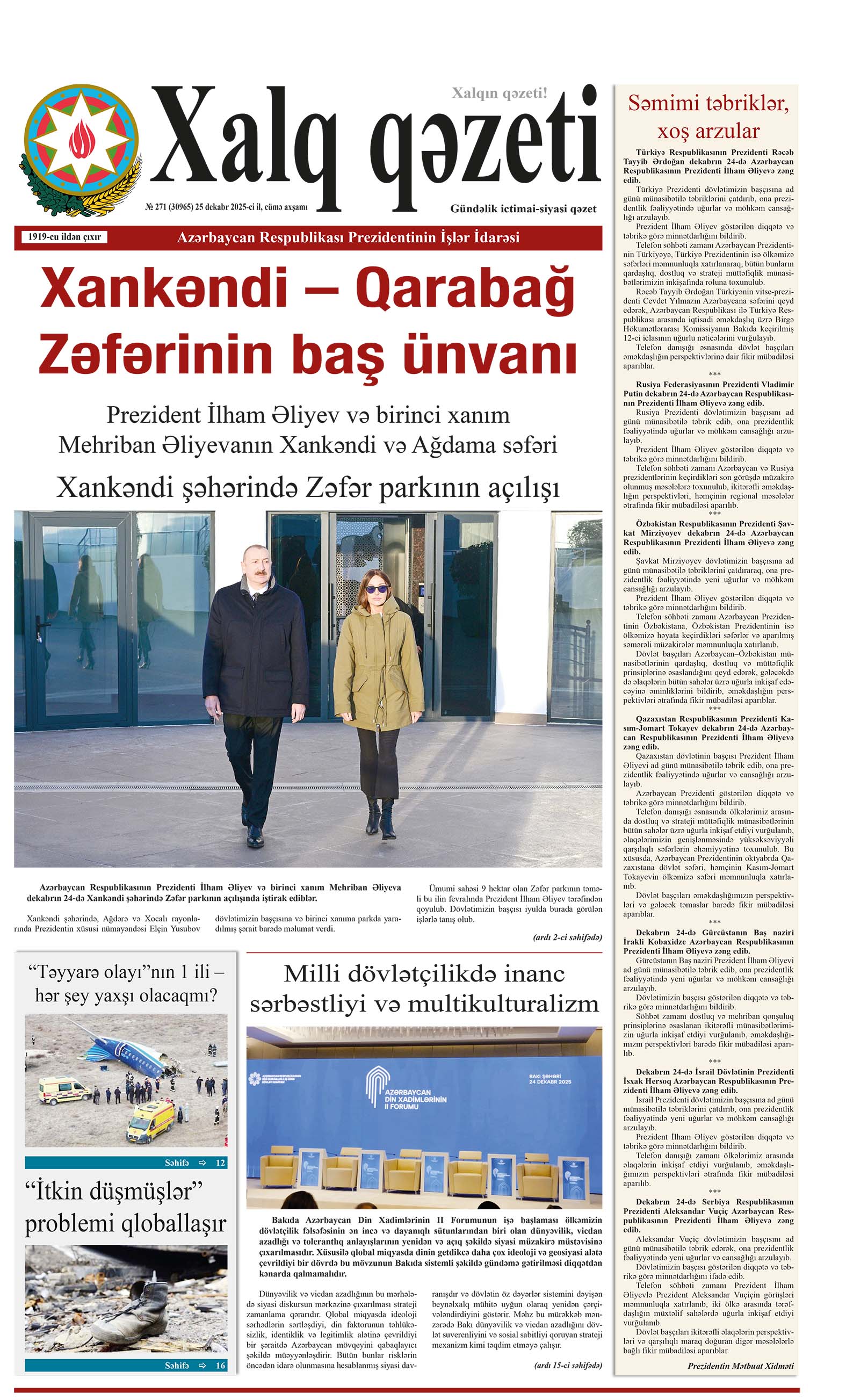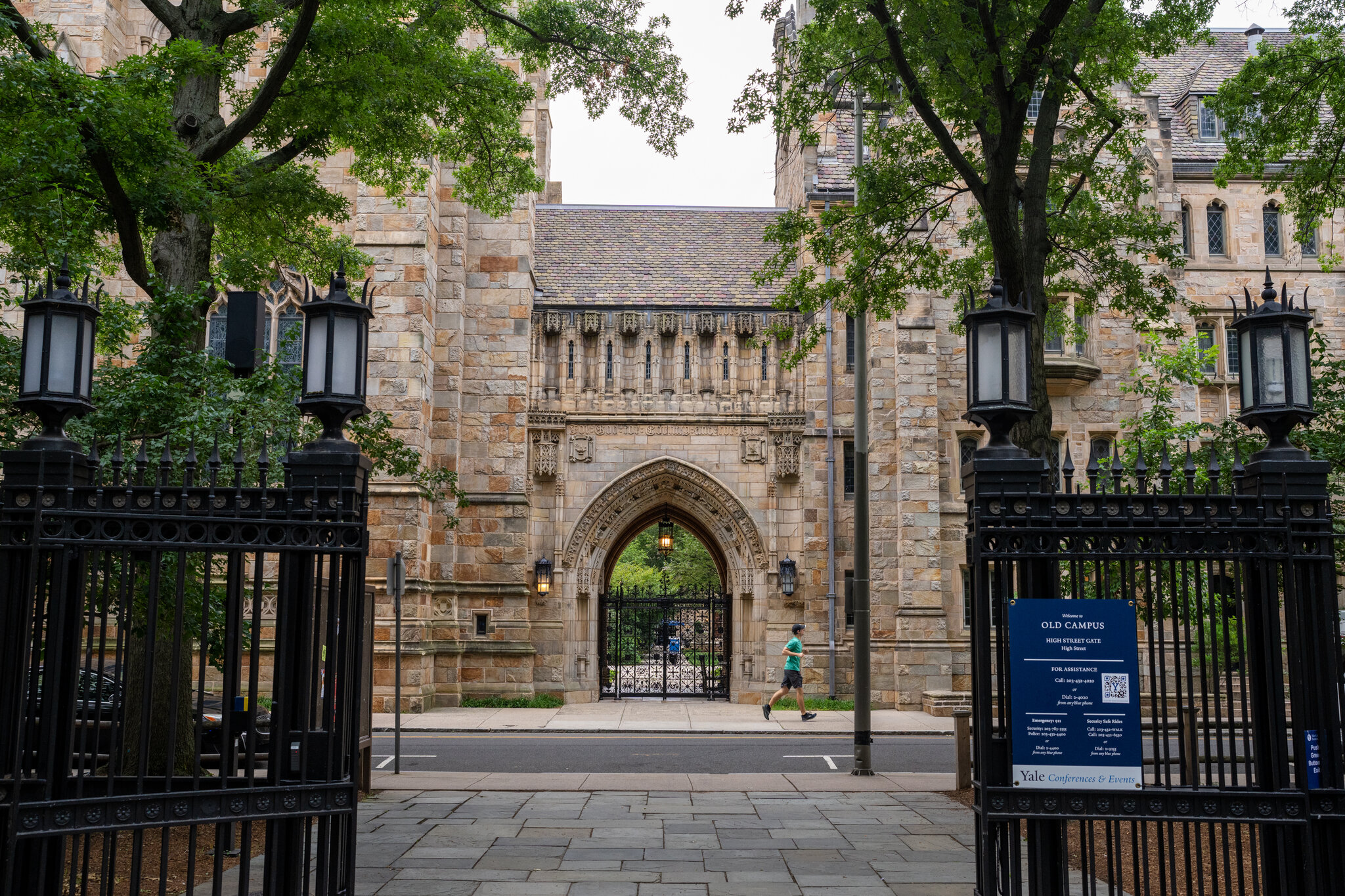North Korea fired a long-range missile into the East Sea on Monday, the South Korean military said, in its fifth intercontinental ballistic missile (ICBM) launch this year as Seoul and Washington seek closer nuclear cooperation against threats from Pyongyang, according to Yonhap News Agency.
The Joint Chiefs of Staff (JCS) said it detected the missile was fired from the Pyongyang area at 8:24 a.m. at a lofted angle and flew about 1,000 kilometers before landing in the East Sea.
It was not immediately known how high the missile went up and whether the missile used solid fuel, with the in-depth analysis currently under way, the JCS said.
It marks the North's fifth ICBM launch this year, representing the highest number of ICBM launches in a single year.
The North fired Hwasong-15 and Hwasong-17 ICBMs, in February and March, respectively. It test-fired a solid-fuel Hwasong-18 in April and conducted a second test in July.
"While elevating our alert readiness, our military is maintaining a full readiness posture by closely sharing data on the 'North Korean ballistic missile' with the United States and Japan," the JCS said in a text message sent to reporters.
The three countries have agreed to operate a system for the real-time sharing of North Korean ballistic missile warning data by the end of this year amid efforts to bolster trilateral security cooperation against the North's threats.
President Yoon Suk Yeol ordered a joint response with the United States and Japan to the North's launch by utilizing the data-sharing system, as he attended an emergency meeting of the presidential National Security Council.
Meanwhile, the JCS called the latest launch a "clear" violation of U.N. Security Council resolutions banning the North from using ballistic missile technology, urging the North to immediately halt "reckless provocative acts."
"Despite our military's repeated warnings, North Korea continues to undertake threatening provocations. We sternly warn once again that North Korea holds all responsibility for everything that happens afterwards," Maj. Gen. Lee Seung-o, director of operations at the JCS, said in a televised statement.
The latest launch came hours after the North fired a short-range missile from Pyongyang at 10:38 p.m. Sunday. It flew about 570 kilometers before splashing into the East Sea, according to the JCS.
A U.S. State Department spokesperson condemned the two launches in a statement, calling on the North to return to dialogue, while also reaffirming the U.S.' "ironclad" commitment to the defense of South Korea and Japan.
The back-to-back missile launches came just days after Seoul and Washington held the second session of the Nuclear Consultative Group (NCG) and agreed to complete the establishment of guidelines on the planning and operation of a shared nuclear strategy by the middle of next year.
The two sides also agreed to conduct joint military exercises simulating nuclear attacks from the North.
Just after Sunday's launch, the North's defense ministry lambasted the NCG meeting as "an open declaration on nuclear confrontation" and criticized the U.S.' deployment of major military assets to the Korean Peninsula this year.
The North's latest saber-rattling also came amid heightened tensions after Pyongyang scrapped a 2018 inter-Korean military agreement designed to reduce tensions and prevent accidental clashes along the border last month.
The North's scrapping of the deal came after South Korea partially suspended the deal in protest of the North's successful launch of its first military spy satellite on Nov. 21.




.webp)












